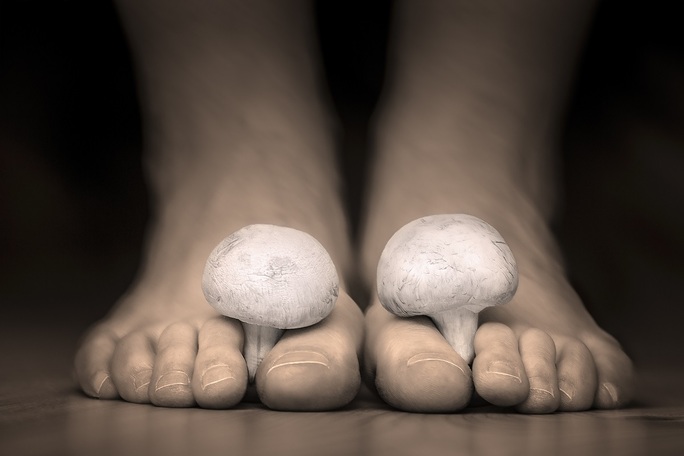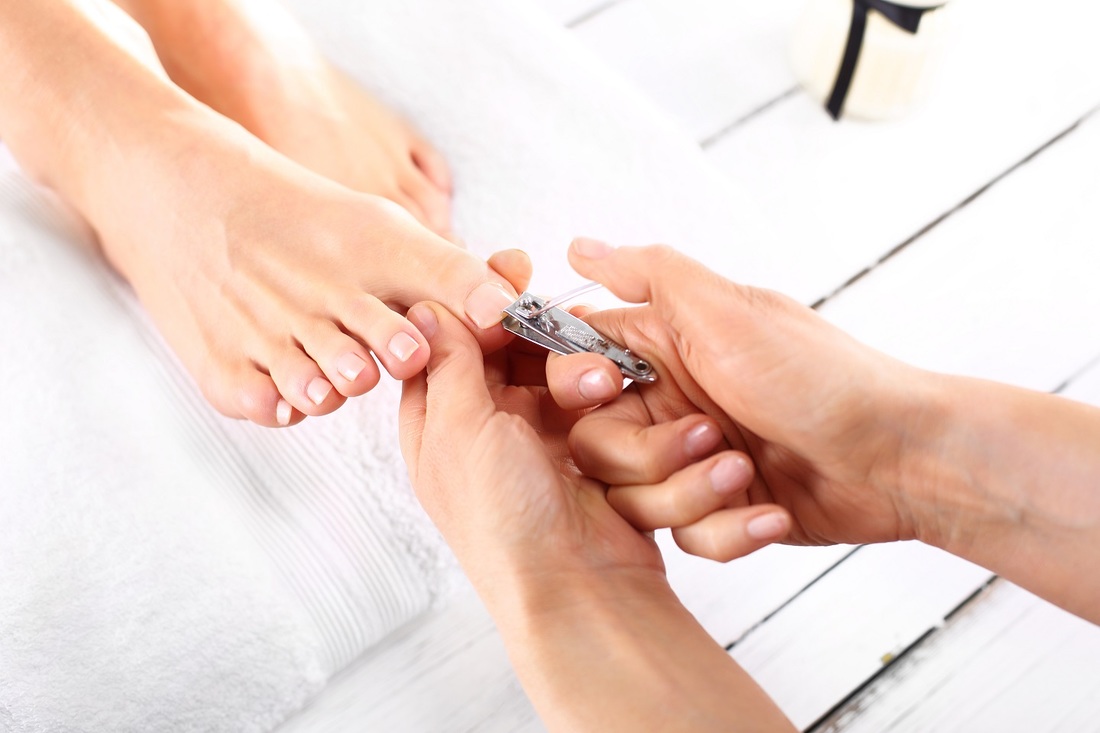Long Periods of Exposure of Runners’ Feet to Warm and Moist Conditions
Virtually all runners expose their feet to warm and wet conditions. The warm and moist conditions commonly result from the sweating of the feet during intense running exercises within the shoes while running and these conditions make an ideal environment for the growth of fungus. This risk intensifies for runners who run daily because their shoes never completely dry out. If they continue to wear the same shoes the rest of the day the risky grows even more allowing the fungus to grow and breed while spreading on to the nails and under the nail-bed. The nail-bed is the most moist and warm environment of the feet.
Barefoot Running and Walking
Barefoot running, which has also become increasingly popular on beaches, can increase chances of fungal growth because the foot is not protected at all. When a runner is barefoot they can come across bacterial in pools, shower areas, even on the grounds they choose to run on.
Injury
Injury to the toes and nails is also a common cause of toenail fungus because they break and the nails and skin increasing potential exposure and vulnerability to fungal infections. Anytime skin is open bacteria is more easily able to enter and cause an infection.
Running with dirty feet and/or dirty socks
If you don't clean your feet regularly and you run with yesterday's socks, you're asking for trouble. You should be cleaning your feet, and your body too for that matter, regularly and always putting on a fresh clean pair of socks before going for a run.
Loosely-laced and poorly-fitted shoes
Wearing loosely-laced shoes or shoes that do not fit because they are either too small or too big can worsen the problem by increasing chances of getting injured and creating a moist, warm, and unventilated environment within the shoes due to sweating. Tightly fitting shoes or loosely-laced shoes that restrict the motion of the feet or increase the shoe’s movement can cause excessive tightness and rubbing of the skin, which causes bruises. Your shoe should fit snugly, but also allow a little room for the foot to slide forward while running. However, if the shoes are too tight, the sliding of the foot forward causes to toes to bump onto the toe-box and possibly get injured. Tightly laced shoes can also cause compression on the toenails, which when coupled with the repetitive movements of running can cause bruising that increases vulnerability to fungal infections. Lengthy periods of running exacerbate the problem because such runs increase the stress exerted on the feet, and feet swelling that often occurs during long runs can also worsen the problem.
Bottom Line
The chances of fungus breeding and fungal-related infections are high among athletes with sweaty feet that are often confined in shoes for extensive exercising periods without ventilation. The longer a runner’s feet are kept in such conditions, the higher the chances of the runner getting vulnerable to the fungi and even experiencing the fungal infection. To combat against this always dry out your shoes daily, consider using a different pair of shoes for daily wear vs. running, wash your feet regularly and use fresh socks for every run. That combined with removing your shoes after running and drying them completely before putting on a different pair of shoes should decrease your risk for fungal issues.
Dr. Christopher Segler is Board Certified, American Board of Pediatric Medicine. He see patients at home in San Francisco, Palo Alto, Menlo Park, and San Jose so that they can get cutting edge diagnosis and treatment of toenail fungus infections right in the comfort and convenience of their own homes. If you think you may have toenail fungus and have a question about it, you can reach him directly at 415-308-0833 or email him at [email protected] .



 RSS Feed
RSS Feed